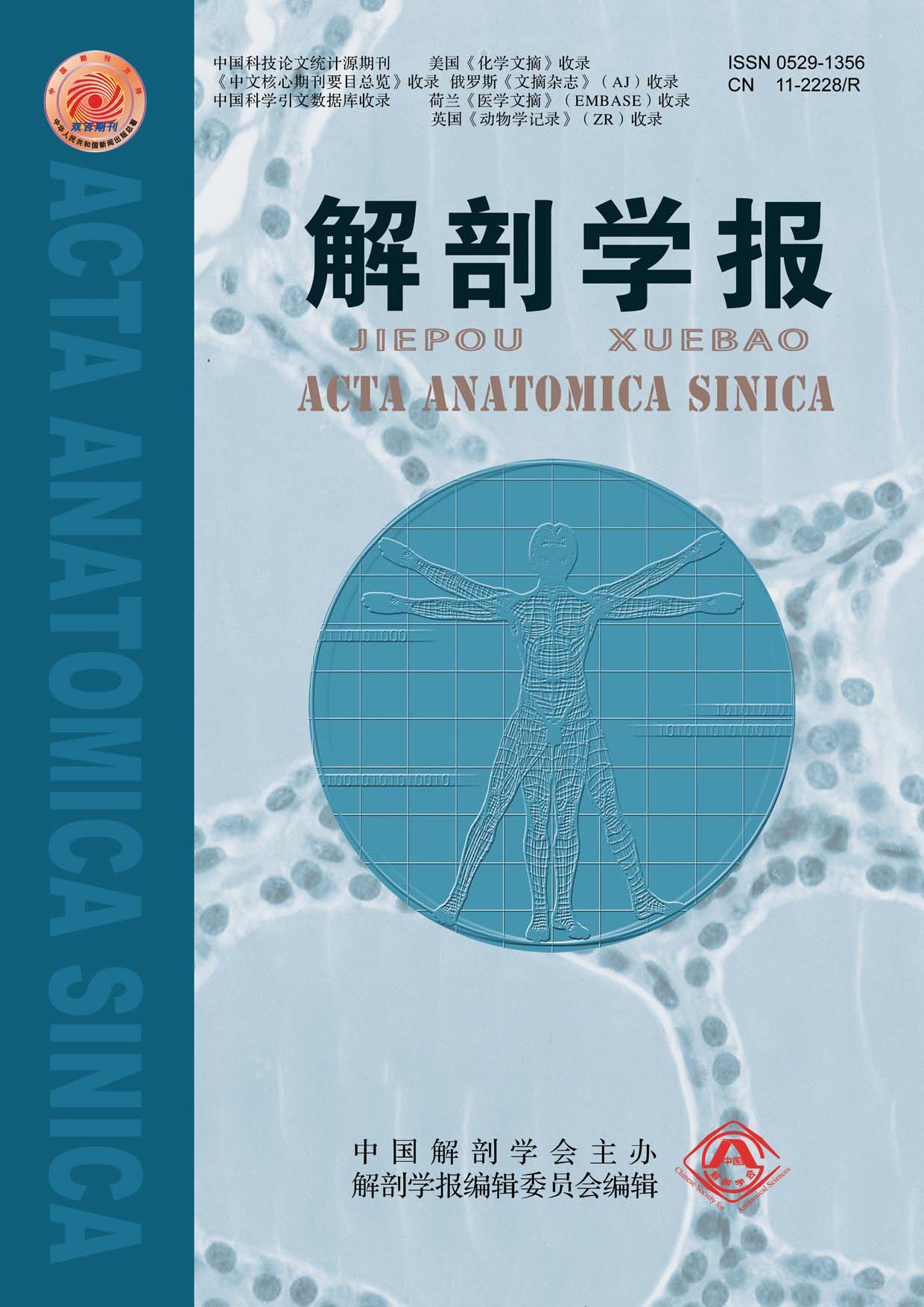Objective To explore the effect of angelica sinensis polysaccharide(ASP) on the spleen structure and function of aging rats,and provide theoretical and experimental evidences for seeking the effective ingredient from natural medicine to delay immune system aging. Methods Forty SD rats were randomly divided into normal control group, ASP control group, aging model group and ASP aging model group. Aging model group were treated with D-galactose [120 mg/(kg·d)] for 42 days by subcutaneous injection. ASP aging group were also injected with D-galactose with the same dose and time as aging model group, and from the 14th day on, rats were given ASP (100 mg/kg) by intraperitoneal injection for 28 days. Normal control group were received saline with the same volume for 42 days. ASP control group were given saline with the same volume for 14 days, and received ASP (100mg/kg) by intraperitoneal injection for 28 days. After 2 days of finishing the treatment,the spleen index was measured, paraffin section was made to observe spleen microscopic structures;The ratio of the SA-β-Gal staining positive splenocytes were counted;the proliferative capacity of splenocytes with stimulating by concanavalin A (Con A) was detected by CCK8;the distribution of cell cycles and ROS levels was analyzed by flow cytometry(FCM);The capability of splenocyte to secrete TNF-α, GM-CSF, malondialdehyde(MDA), superoxide dismutase (SOD)were assayed with ELISA;The aging related protein P53, P21, RB were detected by Western blotting. Results Comparing the aging rats induced by D-galactose with normal control group, the following biological features of spleens in aging model group: spleen index, splenic white pulp area proportion, the proliferative capacity of splenocytes stimulated by Con A, the ratio of S stages in cell cycle , the secretory capability of TNF-α and GM-CSF, and the active content of SOD, were obviously decreased. The percentage of SA-β-Gal positive cells, the ratio of G1 and G2/M stages, the product of ROS and MDA in splenocytes were significantly increased. The expressions of P53, P21, RB were up-regulated. Comparing ASP aging group with aging model group, ASP remarkably increased spleen index, splenic white pulp area proportion, the proliferation of splenocytes stimulated by Con A, the ratio of S stages, the secretory capability of TNF-α and GM-CSF, the active content of SOD. ASP obviously increased the percentage of SA-β-Gal positive cells, the ratio of G1 and G2/M stages, the product of ROS and MDA in splenocytes, and down-regulate the expression of P53, P21, RB. Conclusion The spleen structure and function are obviously damaged in D-galactose-induced aging model rats.ASP has definitely protective effects on the injury.


